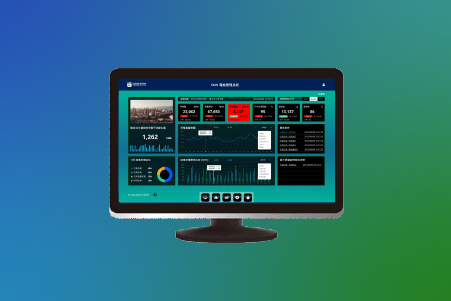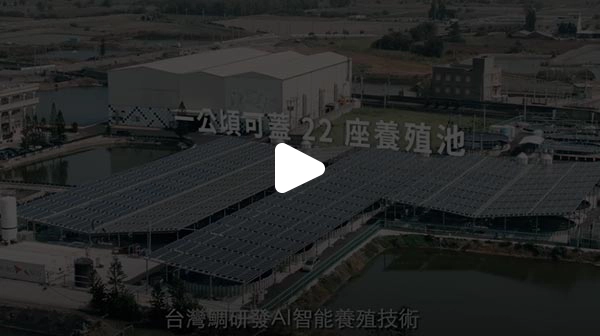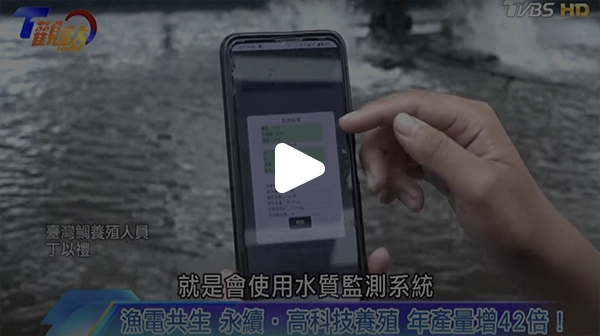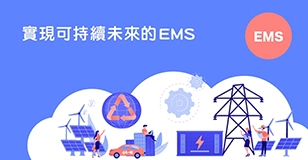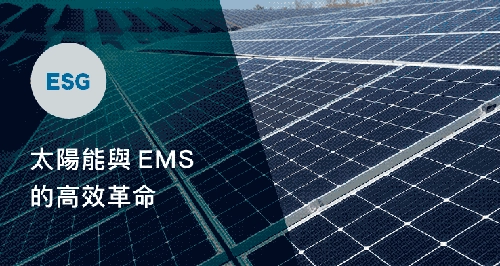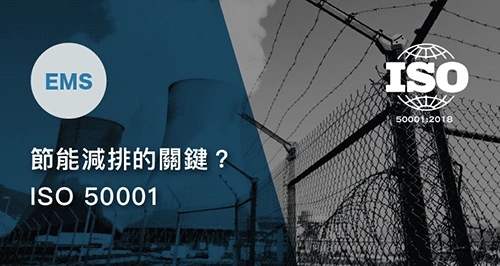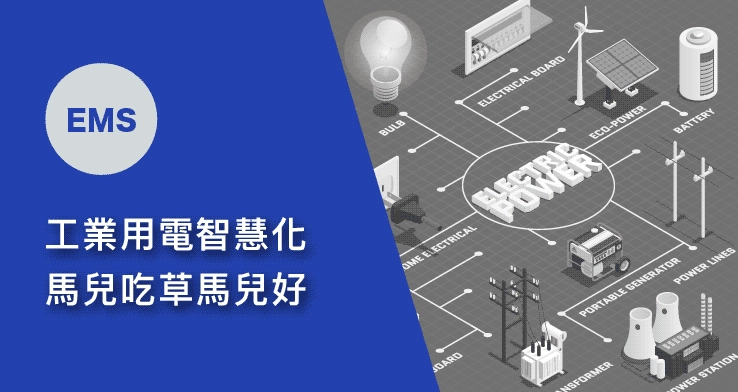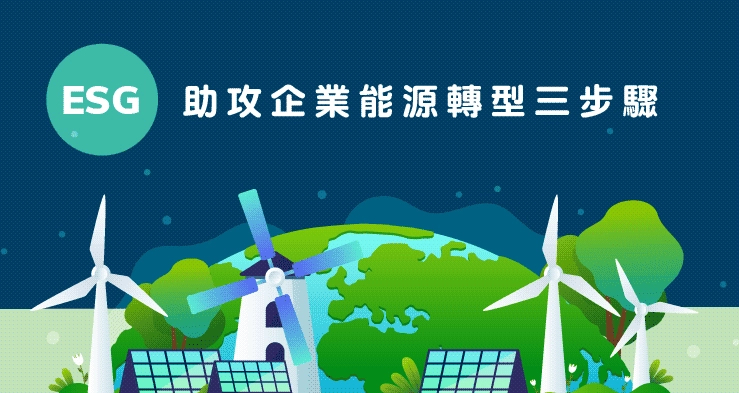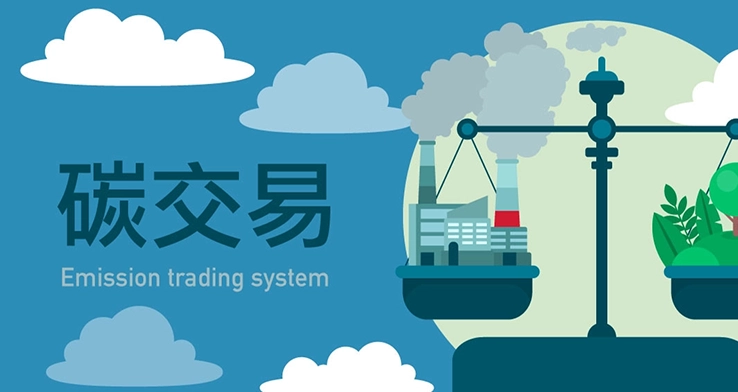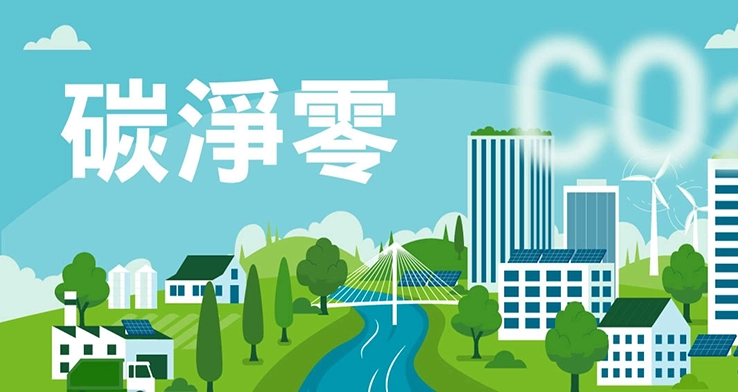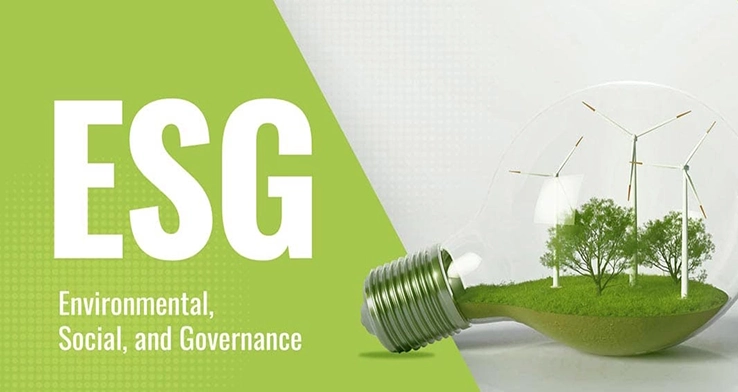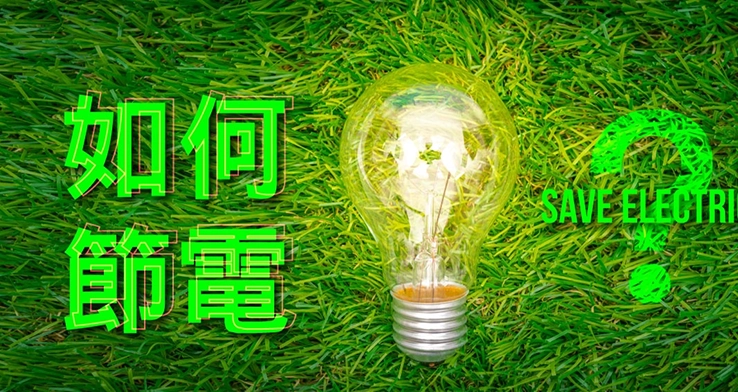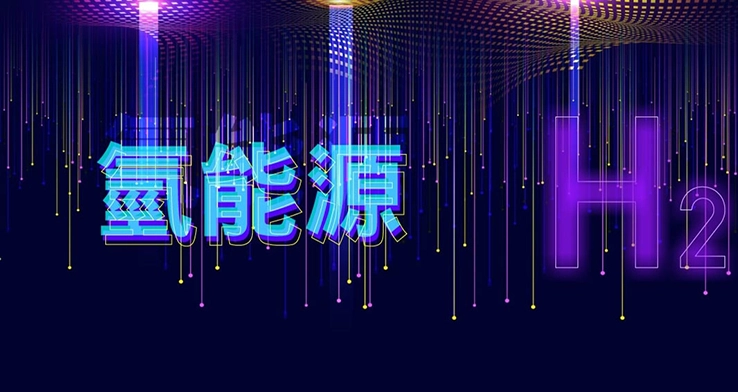Energy Management & Solar Power Self-Generation
Solutions|Energy Management & Solar Power Self-GenerationExceeding Contract Power Consumption? Not Using Electricity at the Right Time? Don't Know How to Identify Energy-Draining Devices? Understand Your Power Usage: Smart Energy Management System. Top Green Energy Choice: Solar Photovoltaics.
Common Issues
Pain Points! Rising Electricity Costs! High Energy Bills!
Exceeding Contract Power Consumption?
Exceeding power usage results in fines, but setting a higher contract capacity leads to higher bills? Most industrial power consumers in Taiwan use Taipower's "Contract Power Capacity" plan.
If the maximum demand exceeds the contract capacity at any moment, a penalty fee is imposed, calculated at 2-3 times the basic electricity cost.
To avoid these fines, many organizations set excessively high contract capacities, leading to unnecessary higher electricity payments.
However, as shown in the table below, this results in paying more overall due to a lack of understanding of actual electricity usage.
Solution: Understand power usage and choose the right electricity pricing plan.

Choosing the Right Contract Power Capacity Saves Money. Source: Lunghwa University of Science and Technology
Not Using Power at the Right Time?
Peak vs. off-peak electricity price differences can be as high as 6-7 NTD per kWh. Using electricity during off-peak hours is one of the most effective ways to reduce energy costs.

Peak & Off-Peak Electricity Pricing Schedule based on Taipower’s rates
This does not mean avoiding power usage entirely during peak hours, but rather optimizing high-power equipment usage
by scheduling it during off-peak times while balancing production schedules.
As Taipower adjusts its time-of-use pricing system, companies should flexibly adjust their high-power consumption schedules accordingly.
Solution: Understand power usage and avoid using high-power equipment during peak hours.
Not Sure How to Find Hidden Power Hogs?
Unknown hidden power consumption leads to high electricity bills Have you tried your best to save electricity, but the costs remain high with no noticeable improvements? Be careful! There might be hidden power hogs consuming electricity unnoticed.

Without proper energy management, it is difficult to detect which devices are secretly consuming excessive power,
let alone figure out how to optimize energy savings.
Even with smart meters installed and outdated equipment replaced, maximum energy-saving efficiency may still not be achieved.
A tool is needed to identify abnormal power consumption, analyze energy usage efficiently,
and plan effective energy-saving strategies.
Solution: Understand energy consumption and avoid using high-power equipment during peak hours.
Reasons for Implementation
Why Generate Your Own Electricity?
Electricity Tariffs to Increase by 13% to 28% in 2024!
Have you noticed the increase in electricity costs? Or do you only realize it when you receive the bill and start promoting energy conservation?
For businesses, rising electricity costs have a direct impact on operational expenses, especially for high-energy-consuming industries such as manufacturing and technology.
Companies should integrate energy conservation and energy management into their business strategies from multiple aspects
to cope with the effects of rising electricity costs while enhancing competitiveness and sustainability.
Power Restrictions and Voltage Reduction Impact Equipment and Productivity!
Taiwan Power Company may impose power restrictions or voltage reductions due to insufficient power supply
When electricity demand exceeds supply capacity, Taiwan Power Company will implement power restrictions and voltage reductions
to ensure stable operation of the power system. When power supply becomes unstable, it inevitably affects manufacturing equipment.

For example, equipment may operate at reduced speed, leading to lower production efficiency and even potential damage. This could result in production delays, quality issues, and operational inefficiencies. Businesses should closely monitor their equipment, conduct regular inspections and maintenance, and develop contingency plans to mitigate these potential production risks.
Responding to the Global 2050 Net-Zero Carbon Trend
The government’s 2050 Net-Zero Carbon Emission Plan aims to ensure that by 2030, at least 15% of electricity consumed in the manufacturing industry must come from renewable energy. Thus, transitioning to green energy is inevitable. Additionally, managing outdated production equipment will be a key task for companies in reducing carbon emissions.

Corporate Sustainability and ESG Implementation
ESG (Environmental, Social, and Governance) has become a global topic and a future challenge for all businesses. Among its three major aspects, environmental sustainability is closely related to corporate operations and technology. By integrating the EMS system with solar energy management solutions, companies can efficiently execute ESG initiatives, enhance corporate reputation, and improve sustainability ratings.

Implementation
We Can Achieve High-Efficiency Cost Savings!!!
While Complying with Global Environmental Protection Policies
By integrating solar power with an energy management system, businesses can significantly enhance energy efficiency and reduce dependence on traditional fossil fuels, leading to substantial cost savings. At the same time, solar power as a clean energy source helps lower carbon emissions, aligning with global environmental protection policies. An energy management system precisely monitors electricity usage, optimizes energy distribution, and further improves energy efficiency, achieving a win-win situation of sustainability and economic benefits.
High-Efficiency Cost Savings!!! How We Help Businesses Reduce Electricity Costs!!

Cost Savings, Backup Power, and Green Energy
Taiwan, located in a subtropical region, enjoys abundant sunlight throughout the year. Compared to other self-generated electricity solutions, solar power systems have relatively simple and durable components, requiring only periodic cleaning and inspection, making maintenance costs low.
Additionally, solar power systems operate silently and without pollution, producing no emissions or noise, making them suitable for residential areas and environmentally sensitive locations. By reducing greenhouse gas emissions, businesses can contribute to carbon reduction targets and corporate sustainability.
Although an initial investment is required, long-term economic benefits are typically achieved over time. The government actively promotes solar energy development by offering various subsidies and policy support, making solar power systems highly promising in Taiwan.
Features:
・Reduces roof temperature by 3-5°C, providing insulation.
・Mature technology that integrates well with buildings.
・Silent and pollution-free, suitable for various environments.
・High return on investment, offering long-term economic benefits.
・Supports environmental protection and carbon reduction efforts.
・Eligible for government subsidy programs, increasing financial incentives.
・Green financing options available with low interest rates and high loan approval rates.

Optimizing Energy Utilization
By implementing effective energy management measures, businesses can efficiently control costs, enforce ESG environmental protection, improve equipment efficiency, prevent production interruptions, ensure compliance with relevant regulations, and enhance technology.
Comprehensive Data Integration & Energy-Saving Potential Identification
・Real-time monitoring of 30-minute energy consumption changes
・Proportion of electricity consumption across different devices
・Optimal electricity usage time & off-peak reminders
・Energy-saving data statistics & target values
・Electricity consumption trends for energy efficiency
・Comparison of equipment power consumption costs
・Abnormal event alert records
・Predicting potential equipment anomalies within 30 days

How to Implement
Start Managing Your Energy Data Immediately
Step 1: Conduct Energy Usage Survey
Phase 1: Use the Smart Energy Management System for approximately 30-60 days to analyze energy consumption. After collecting data, proceed with the next planning steps.
Phase 2: Continuously monitor energy usage to provide users with insights for optimization.
Step 2: Solar Energy System Planning and Application
Based on the user's electricity consumption, site space, cost evaluation, and construction timeline, we conduct comprehensive planning and provide system recommendations along with application documents.

Step 3: Solar Photovoltaic System Installation

Solar Panel
Collects DC electricity generated by the solar panels and sends it to the advanced DC box.

DC Box
Transfers direct current (DC) to the inverter for conversion.

Inverter
Converts direct current (DC) into alternating current (AC) and delivers it to the AC box.

AC Box
Installs a smart electricity meter and transmits data to the system.
Implementation Benefits
Achieving Sustainable Development Goals

According to the provided data, installing a solar photovoltaic (PV) system can cover up to half of the monthly electricity consumption.
For users consuming 30,000 kWh per month, financing a solar PV system allows for economic savings without additional financial burden.
Installing 1 kW of a solar PV system can reduce approximately 0.494 kg of carbon emissions.
Based on an annual solar power generation of 18,000 kWh, this can lead to an annual reduction of approximately 8.9 tons of CO₂ emissions, equivalent to planting around 404 trees per year.
This has a significant impact on mitigating climate change and improving air quality.
Application Case
Aquavoltaic Coexistence
Kouhu Taiwan Tilapia Technology
Kouhu Taiwan Tilapia Technology has installed a large-scale solar panel system along with an energy management system (EMS), enabling dynamic power allocation. By leveraging the EMS system, power consumption is optimized to enhance solar energy efficiency, achieving an over 80% self-sufficiency rate in aquaculture. This makes it a model for sustainable energy utilization.
Support
Other Energy Management-Related Cases




